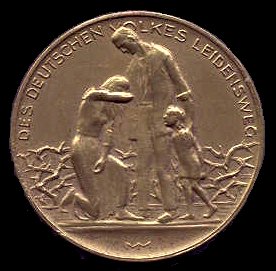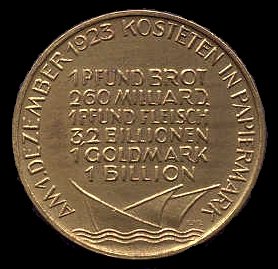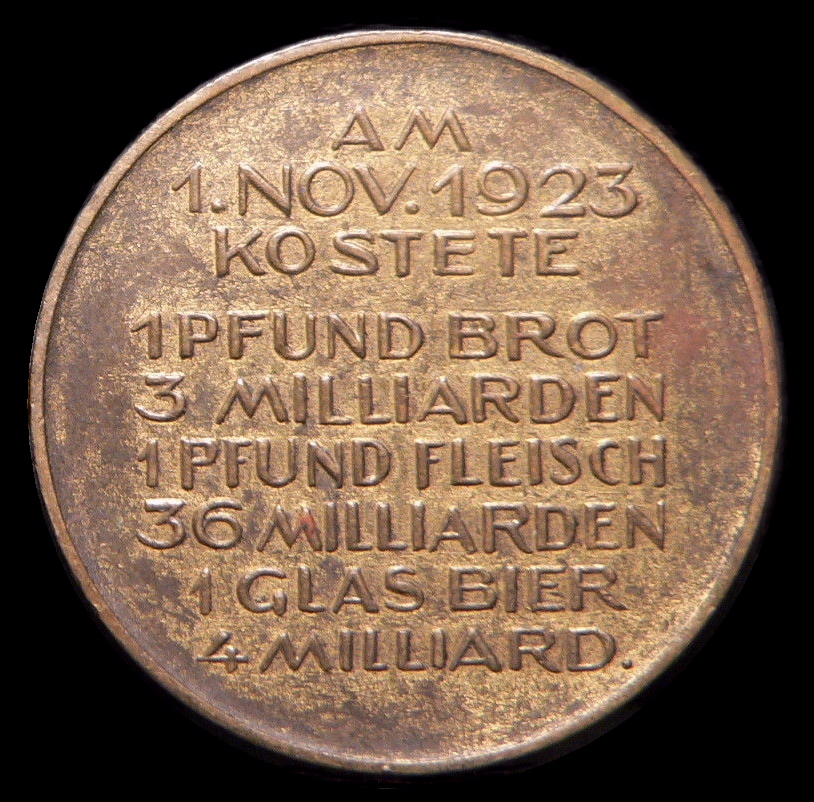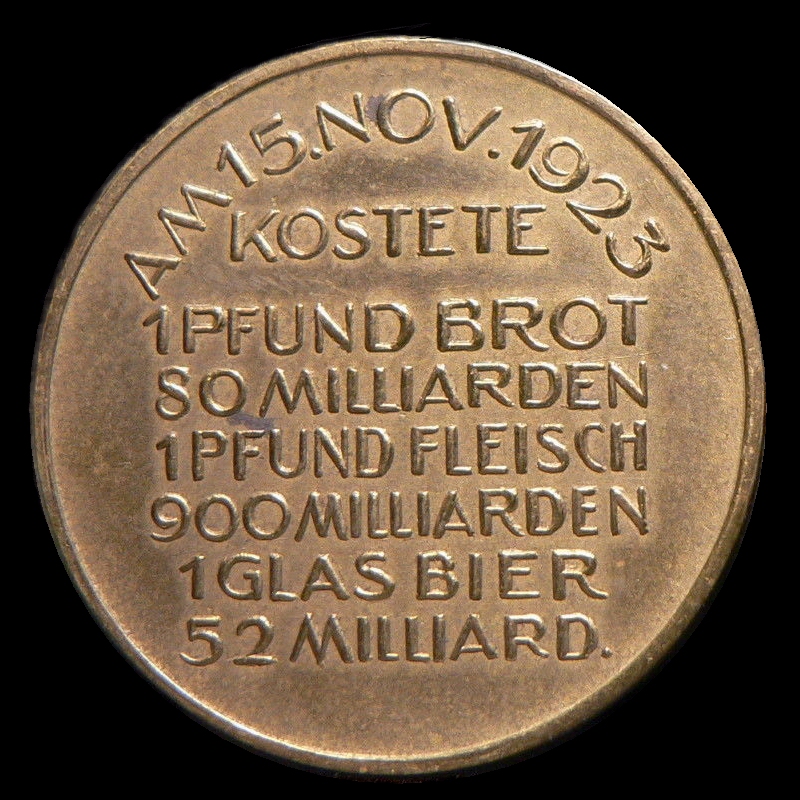

German Regional
Hyperinflation Issues
A map of the US is dotted over with bucolic labels like "Springfield" and "SunnyCrest", but the Old World has a longer and deeper history to its towns and villages. In Germany many come with more exotic or ominous sounding names like "Jockgrim", "Wolfen", "Ravensburg" or "Frankenstein" ( Although, we too have our "Tombstone"s and "Devils Creek"s ). At the same time, there are many places in Germany known throughout the world for their beauty and achievements. Aachen, the resting place of Emperor Charlemagne; Dresden, home to great architecture and fine ceramics; Munich, the haunt of Franz Marc, Wassily Kandinsky and other early abstractionist painters of the "Blauer Reiter" group; Bonn, where Beethoven was born and began performing; Cologne, Berlin, Hamburg, Dusseldorf, and so many others. However, most of these banknotes come from places where people simply lived, worked and died without causing much of a stir. Towns and villages immortalized on colored scraps of paper with numbers meant to count the stars of the night sky, not the price of shoes or eggs.


Use the Index of links on the left to view the notes, there are currently over 1200 different notes to view from over 1000 different issuing authorities. All notes are indexed to Dr. Arnold Keller's Das Notgeld der deutschen Inflation where possible. The collection of notes displayed here are from about 20% of the regional authorities that issued notes in Germany during the hyperinflation. There are literally thousands more.
You can access my crude German translations of some of the note text by placing your mouse cursor over the images. This should work for all HTML 5.0 browsers.
Banknote Rarity
The asterisks ( * ) that you will see for each note is a system to indicate the relative rarity of each note. It is very simplified and general and is based only on my opinion. I have added it because the most comprehensive catalog for these notes was produced over 50 years ago ( the Keller catalog of 1954 ). And it is expensive, hard to find, and dated as far as pricing is concerned. However, the Keller catalog is a good index of the rarity of notes if the prices are not used as absolute values. I am not attempting here to place a price on the notes. I am only trying to establish the current relative rarity as I see it. Banknotes, like any other commodity, generally follow market rules of supply and demand for pricing.
The price of an individual banknote is highly dependent upon its condition. Uncirculated banknotes from before about 1960 are usually difficult to find, so a high premium is put on pristine notes even if they are common. Price ranges for older notes in excellent condition often are exponential and reflect the small supply. But, I have tried to make my judgement on the number of notes I have seen of each particular note that I have, not the condition of the notes themselves. Also, understand that while some places may have many common issues, they also may have several scarce ones due to different issuing authorities and quantity produced, and my small collection is no substitute for a good reference catalog.
Here is the scale - German text is in ( ).


Medals issued to document the economic destruction caused by the Great Inflation of 1923.
The obverse is the same as the medal above.
